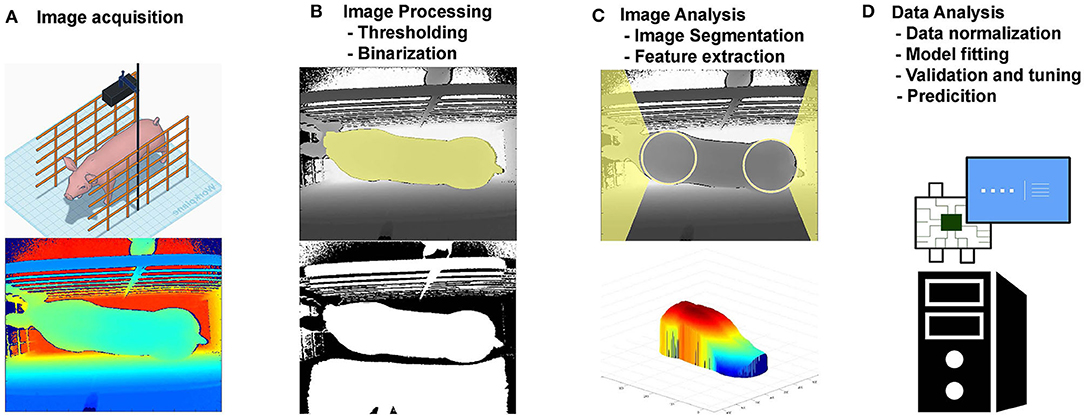【故障排除】:解决手写数字识别中的常见问题
发布时间: 2024-09-06 19:08:06 阅读量: 85 订阅数: 39 


# 1. 手写数字识别技术概述
在当今数字化时代,手写数字识别技术是许多智能系统不可或缺的组成部分。它的应用范围广泛,从邮政编码识别到自动填写表格,再到智能助手中的命令执行,这些都离不开高效的识别技术。随着人工智能技术的迅猛发展,尤其是在机器学习和深度学习领域取得的巨大进步,手写数字识别技术已经变得越来越精确和快速。本章将从技术的基本原理入手,概述手写数字识别的核心技术和应用现状,为读者深入理解后续章节内容打下坚实基础。
# 2. 理论基础与关键技术
## 2.1 手写数字识别原理
### 2.1.1 机器学习在识别中的应用
在机器学习领域,手写数字识别是一个经典的分类问题。传统的机器学习方法,比如支持向量机(SVM),决策树和K近邻(KNN)算法,都曾被应用于这一任务。这些方法的核心在于提取合适的特征,并将这些特征作为输入训练模型以区分不同的数字。
例如,SVM可以使用图像的边缘检测结果作为特征输入,而KNN则依赖于像素值直接作为特征。这类方法虽然在数据量较小且特征明显的场景下表现良好,但它们对于数据的多样性适应性较差,且特征工程需要大量的专业知识和经验。
```python
from sklearn import svm
from sklearn import datasets
from sklearn.model_selection import train_test_split
from sklearn.metrics import classification_report
# 加载数据集
digits = datasets.load_digits()
X = digits.data
y = digits.target
# 划分数据集为训练集和测试集
X_train, X_test, y_train, y_test = train_test_split(X, y, test_size=0.5, random_state=0)
# 创建SVM分类器并训练数据
clf = svm.SVC(gamma=0.001, C=100.)
clf.fit(X_train, y_train)
# 测试模型并输出分类报告
y_true, y_pred = y_test, clf.predict(X_test)
print(classification_report(y_true, y_pred))
```
这段代码演示了使用Scikit-learn库中的SVM算法训练手写数字识别模型,并对测试集进行分类报告输出。参数`gamma`和`C`分别控制了模型的复杂度和正则化强度。
### 2.1.2 深度学习的贡献与进步
随着深度学习技术的发展,卷积神经网络(CNN)在图像识别领域取得了巨大的成功。CNN能够自动提取特征并进行层次化的学习,这对于手写数字识别来说是革命性的进步。尤其是LeNet-5作为早期的CNN架构,已经能实现非常高的准确率。
CNN的每层都负责从数据中学习不同级别的特征,从边缘和纹理(第一层)到更复杂的特征(更深层)。这种分层学习策略极大地减少了对手工特征工程的依赖,并能更好地处理图像的变形和扭曲。
```python
from keras.datasets import mnist
from keras.models import Sequential
from keras.layers import Dense, Dropout, Flatten, Conv2D, MaxPooling2D
# 加载数据集
(x_train, y_train), (x_test, y_test) = mnist.load_data()
# 构建CNN模型
model = Sequential()
model.add(Conv2D(64, kernel_size=3, activation='relu', input_shape=(28,28,1)))
model.add(MaxPooling2D(pool_size=(2, 2)))
model.add(Flatten())
model.add(Dense(128, activation='relu'))
model.add(Dense(10, activation='softmax'))
# 编译和训练模型
***pile(optimizer='adam', loss='categorical_crossentropy', metrics=['accuracy'])
model.fit(x_train, y_train, epochs=10, batch_size=128, verbose=2)
```
本段代码展示了构建一个简单的CNN模型用于手写数字识别,使用了Keras框架。这里加入了卷积层、池化层和全连接层。模型经过训练后,可以在MNIST数据集上达到很高的准确率。
## 2.2 数据预处理技术
### 2.2.1 数据清洗与规范化
在机器学习项目中,数据清洗和规范化是获得高质量模型的关键步骤。手写数字识别中,预处理包括将图像转换为统一的格式,例如灰度值范围标准化到[0,1],并去除噪声。
例如,对于MNIST数据集,每张手写数字的图片为28x28像素,像素值在0到255之间。通过将这些值除以255,可以将其规范化到[0,1]范围内。此外,增加对比度、去噪等处理可以帮助提高模型的识别能力。
```python
import numpy as np
from keras.utils import to_categorical
# 将图像数据转换为0到1的范围,并转换为灰度图像
x_train = x_train.reshape(-1, 28, 28, 1) / 255.0
x_test = x_test.reshape(-1, 28, 28, 1) / 255.0
# 将标签转换为one-hot编码形式
y_train = to_categorical(y_train, 10)
y_test = to_categorical(y_test, 10)
```
### 2.2.2 数据增强策略
数据增强是一种提高模型泛化能力的策略,通过合成方式增加数据集的多样性。对于手写数字识别,常见的数据增强方法包括旋转、缩放、剪切变换和水平或垂直翻转。
```python
from imgaug import augmenters as iaa
# 定义一个数据增强的序列
seq = iaa.Sequential([
iaa.Affine(rotate=(-20, 20)), # 旋转-20度到20度
iaa.Sometimes(0.5, iaa.GaussianBlur(sigma=(0, 0.5))) # 模糊,概率50%
])
# 应用数据增强
aug_x_train = seq.augment_images(x_train)
aug_y_train = y_train # 标签不变
```
## 2.3 模型训练与优化
### 2.3.1 选择合适的神经网络架构
为了在手写数字识别任务上获得更好的性能,选择合适的神经网络架构至关重要。由于卷积神经网络(CNN)在图像处理方面的优越性,CNN成为了这一任务的首选。
不同的网络架构,如LeNet-5, AlexNet, VGG和ResNet,各有其特点和适用场景。例如,LeNet-5
0
0





